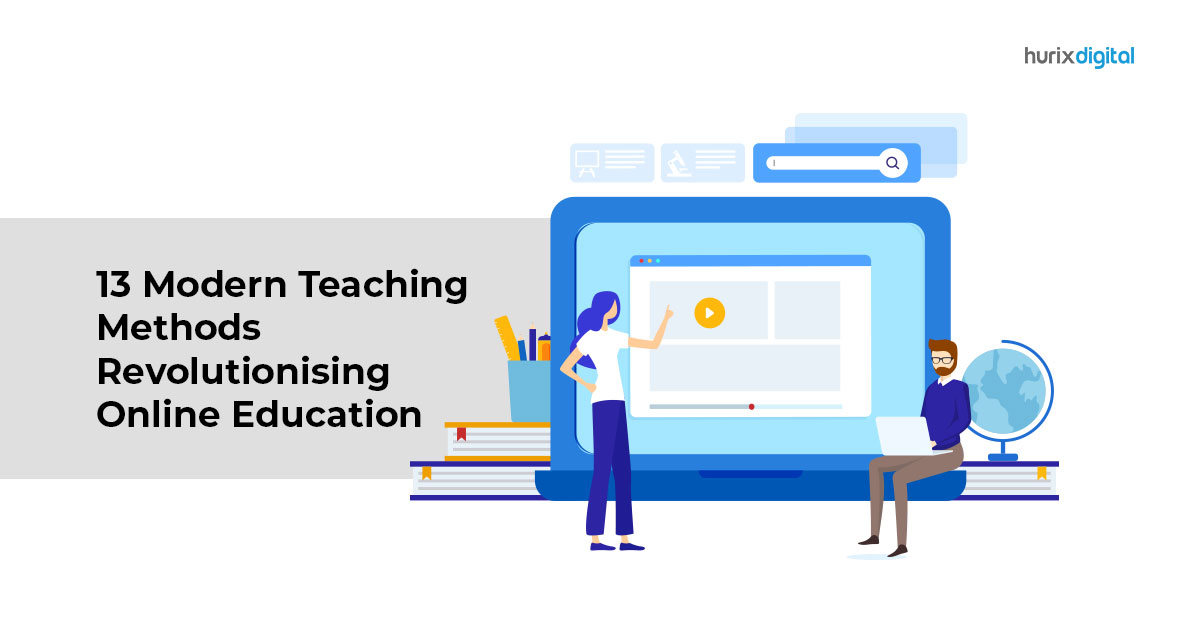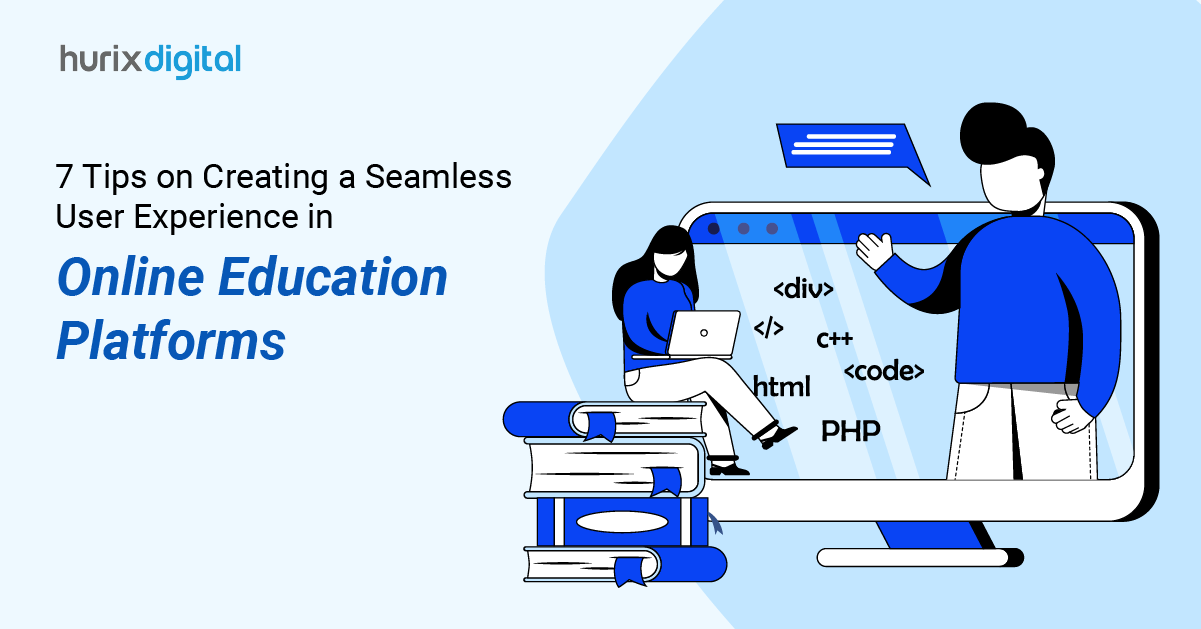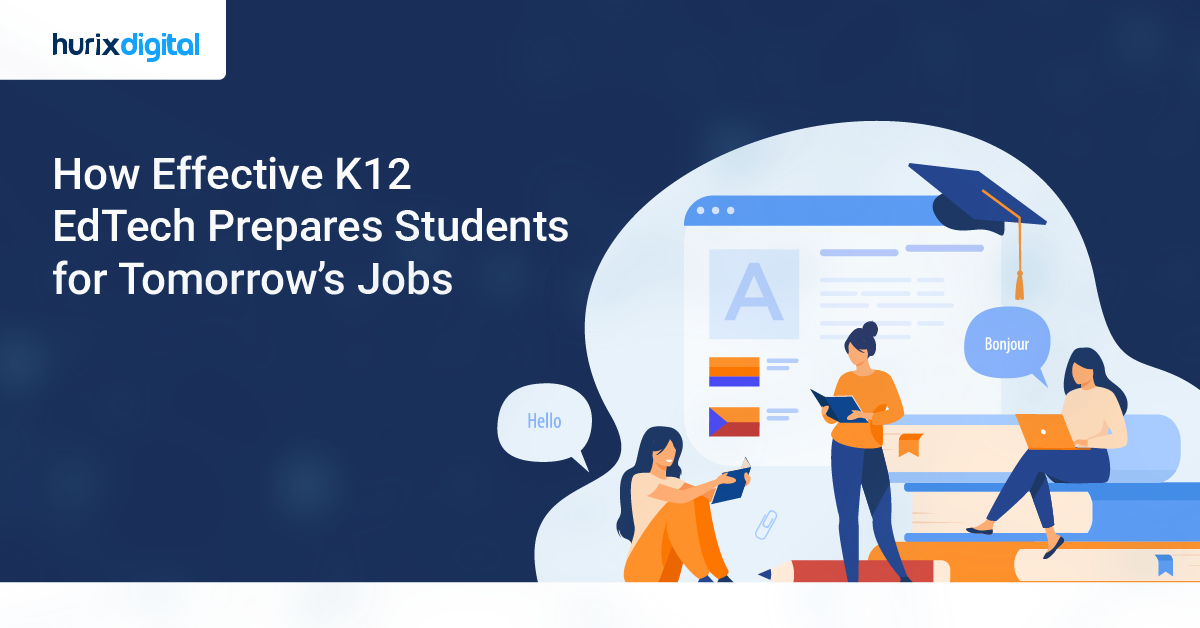
13 Modern Teaching Methods Revolutionising Online Education
Summary
The blog overviews 13 modern teaching methods used in online education. It highlights how online platforms leverage these methods to enhance engagement, critical thinking, and inclusivity. The blog aims to showcase innovations in online pedagogies.
Online learning has proved its mettle to the world by providing extremely efficient and engaging ways for students to gain knowledge. Even for educators and trainers around the world, online education has proved to be more manageable, less effort-intensive, and a more efficient way to deliver lessons.
So much so that innovators have designed a variety of pedagogies that enhance learning outcomes. Each of these teaching methods can be applied to a digital course conveniently, enabling educators to be more flexible in their teaching and students more receptive to the lessons.
Let’s explore 13 modern teaching methods that are revolutionizing online education.
Table of Contents:
13 Modern Teaching Methods in Online Education
Online platforms for education today leverage the following 13 types of modern teaching methods to maximize the learning impact and key takeaways from each module.
1. Flipped Classrooms
Flipped classrooms follow the concept of reversing the setting of traditional classrooms. While in a conventional classroom, the educators teach a lesson and let students do assignments on their own time, a flipped classroom is completely the opposite.
Students consume pre-recorded lectures or read prescribed materials at their own pace and in their own time. The online class is then invested in interacting with students and addressing their queries.
2. Tactile Learning
The term “tactile” signifies active collaboration and participation in an activity that an educator demonstrates for the learners. In an online classroom, this teaching method engages students in tasks designed to explain educational concepts.
For example, during a student’s formative years, educators may leverage simple mathematical activities to teach them numbers and fractions.
For the more advanced learners, these activities may constitute developing mastery in the practical application of concepts.
3. Project-Based Learning
Project-based learning involves creating project work for the learners to engage in. These projects are typically based on real-world situations and aim at enhancing communication and teamwork between students if it’s a team-based project.
Students are required to apply critical thinking and strategic approaches to devise solutions for real-world problems. It helps drastically improve engagement and also expands student perspectives through sharing ideas.
4. Problem-Based Learning
Problem-based learning is, in essence, the same as project-based learning. However, there is one critical difference in the method of teaching. While in project-based learning, the students are taught a concept and given a project to work on; the problem-based model presents the problem to the students before teaching them anything.
They are allowed to work together or individually to arrive at the best possible solution, gradually easing them into the concept of the subject.
5. Inquiry-Based Learning
Inquiry-based learning aims at stimulating the curiosity and free thinking of students. In this method, the teachers provide the students with an open-ended inquiry which they are supposed to develop on their own.
The students are free to theorize and bring their proofs of concept. They can start from scratch and develop their analytical methodologies and work towards the optimum output by being resourceful and innovative at the same time.
6. VAK Learning
VAK stands for Visual, Auditory, and Kinesthetic learning. It is a teaching method that focuses on inclusivity to ensure that all three types of learners – visual, auditory, and kinesthetic – stay on board with the lesson.
It offers visual stimulations (like videos and presentations), audio representations (like podcasts and debates, and kinesthetic presentations (like activities) for each concept within a lesson. The lessons thus become more engaging for every learner, no matter what method they prefer.
7. Collaborative Learning
Collaborative learning helps develop key skills in students:
- Leadership skills: since these projects involve forming and guiding a team, leadership skills can be learned along the way.
- Collaboration and teamwork: The project or activity can be completed resourcefully when all team members work together. Collaborating is not just about working together but contributing each individual’s unique capability to the project.
Educators also aim to inculcate better time management through such projects.
8. Game-Based Learning
Gamification has proved extremely effective in boosting learner engagement in a lesson. Educators can get the entire online classroom on board with specially designed games and deliver game-based learning of concepts. It may include analytics quizzes or logical reasoning games – the options are endless.
This teaching method also promotes healthy competition and encourages each student to perform better and better with each game played.
Also Read: How Game-Based Learning Solutions Raise Productivity and Drive Business Growth?
9. Think-Based Learning
While this method is not a teaching method in itself, it can be used to augment all other teaching methods. In this method, the educators present the students with a fact or a premise and then challenge it while inviting comments from the students about the nature of truth or fallacy.
This helps students think outside the box and apply their minds to understanding deeper concepts.
10. Cooperative Learning
This method is similar to collaborative learning. However, in cooperative learning, each student has their own fixed role. Depending on the individual performance of every student in their role, the result of the entire team is decided.
This method puts the entire team at stake over the performance of its members, which helps teach students accountability and responsibility.
11. Competency-Based Learning
Competency-based learning is the most popular method of augmenting other methods of teaching. In this method, the educators provide students with a test or an assessment. Depending on their performance, the educators judge whether or not a learner has grasped what was intended from a lesson before they let them progress to the next module.
12. Independent Learning
Independent learning is the method where the only involvement of the educator is to provide the course and be present to answer queries. The students decide what they will learn, how they will learn and progress, how they will evaluate their performance, etc.
Students get complete control of their lessons. The teacher can interfere in case a learner is facing challenges.
13. Adaptive Learning
Adaptive learning leverages the power of AI and ML tools to make a course flexible according to the needs of each student. The lesson progress adjusts itself to the speed and capacity of the learner, allowing them enough time to grasp the concept while still moving forward in the course.
Also Read: 10 Trends in Education Technology That Will Have A Major Impact in 2023
Wrapping Up
No matter the teaching method that educators use, the most vital aspect of education is ensuring that lessons are delivered in the intended and efficient way.
To that end, Hurix Digital provides the necessary digital infrastructure for educators to implement their pedagogies without any roadblocks. To take a look at the solutions Hurix Digital offers, visit the website.

Senior Vice President – Business Development
Over 25 years of experience in the edtech and workforce learning industry with strong skills in Business Development, Customer Relationship Management (CRM) and Strategy.







